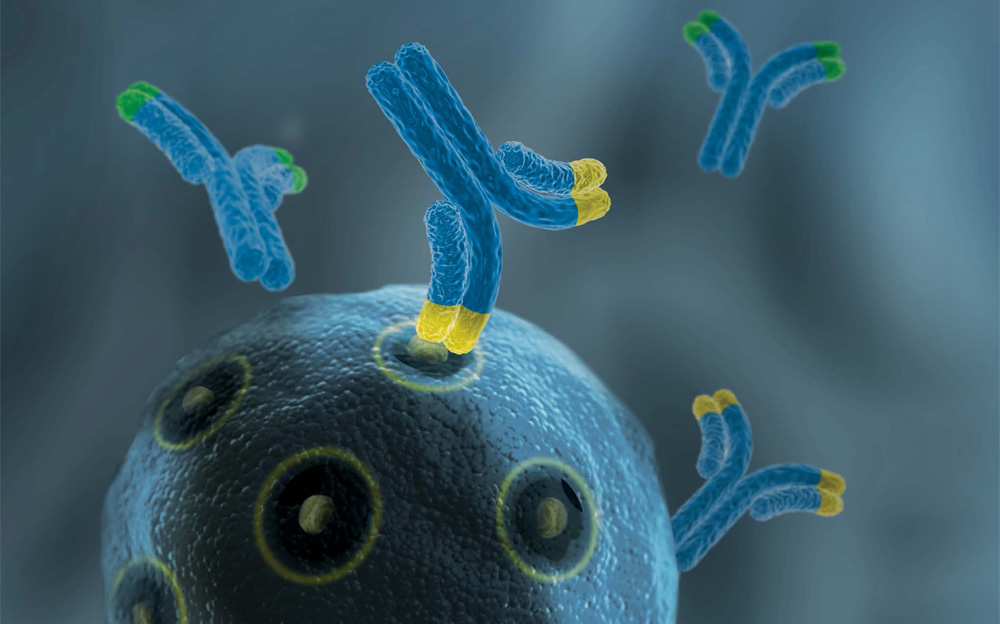An ADC linker reagent is a chemical compound that is used to connect a monoclonal antibody to a cytotoxic drug in the production of an antibody-drug conjugate (ADC). An ADC is a type of targeted cancer therapy that combines the specificity of monoclonal antibodies with the cytotoxic effects of chemotherapy drugs. The goal of ADC therapy is to deliver the chemotherapy drug directly to cancer cells while minimizing the toxic side effects that are often associated with chemotherapy.
ADC linker reagents are a critical component of the ADC production process. They must be stable enough to keep the cytotoxic drug attached to the monoclonal antibody during circulation, but also be able to release the drug once it reaches the cancer cells. The linker reagent must also be able to withstand the harsh conditions of the manufacturing process and the body’s immune system.
There are several types of ADC linker reagents that are commonly used, each with its own specific features and capabilities. Some of the most common types include:
-Prodrug linkers: These linkers are designed to release the cytotoxic drug when they are cleaved by enzymes in the body. This allows for the selective release of the drug at the site of the cancer cells.
-Valine-citrulline (VC) linkers: These linkers are designed to release the cytotoxic drug when they are cleaved by enzymes in the cancer cells. VC linkers have been shown to be effective in the treatment of several types of cancer.
-Disulfide linkers: These linkers are formed by the covalent bonding of two cysteine residues. Disulfide linkers are stable in the circulation, but can be cleaved by enzymes in the cancer cells, releasing the cytotoxic drug.
-Enzyme-cleavable linkers: These linkers are designed to release the cytotoxic drug when they are cleaved by enzymes in the cancer cells. Enzyme-cleavable linkers are commonly used in the treatment of hematologic malignancies.
The selection of the appropriate ADC linker reagent is an important consideration in the development of an ADC. The linker must be stable enough to withstand the harsh conditions of the manufacturing process and the body’s immune system, but also be able to release the cytotoxic drug once it reaches the cancer cells. In addition, the linker must be able to maintain the specific binding of the monoclonal antibody to the target on the surface of the cancer cells.
In conclusion, ADC linker reagents are critical components of the ADC production process. They are used to connect a monoclonal antibody to a cytotoxic drug in the production of an ADC, a targeted cancer therapy that combines the specificity of monoclonal antibodies with the cytotoxic effects of chemotherapy drugs. The selection of the appropriate ADC linker reagent is an important consideration in the development of an ADC, as it must be stable enough to withstand the harsh conditions of the manufacturing process and the body’s immune system, but also be able to release the cytotoxic drug once it reaches the cancer cells.









